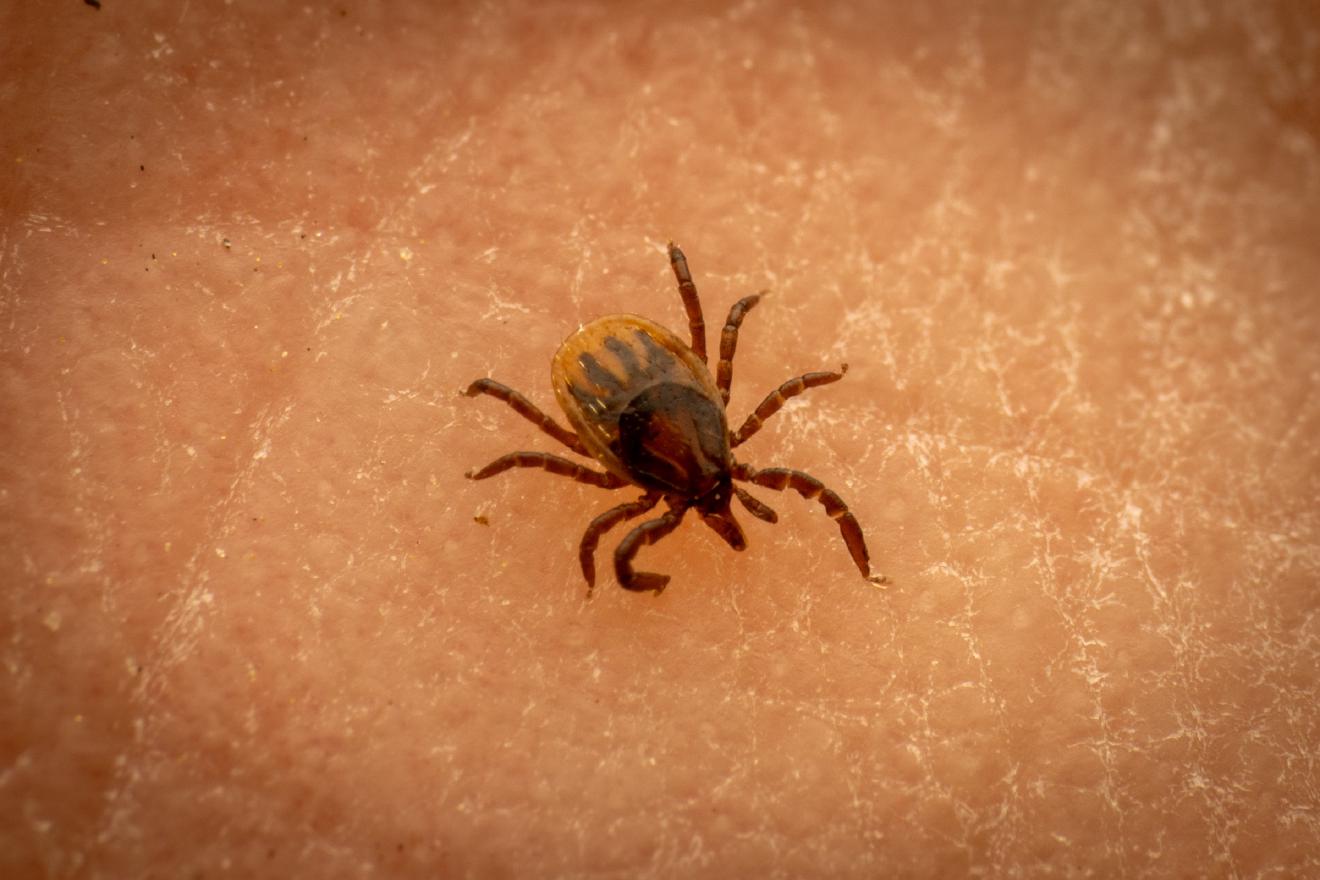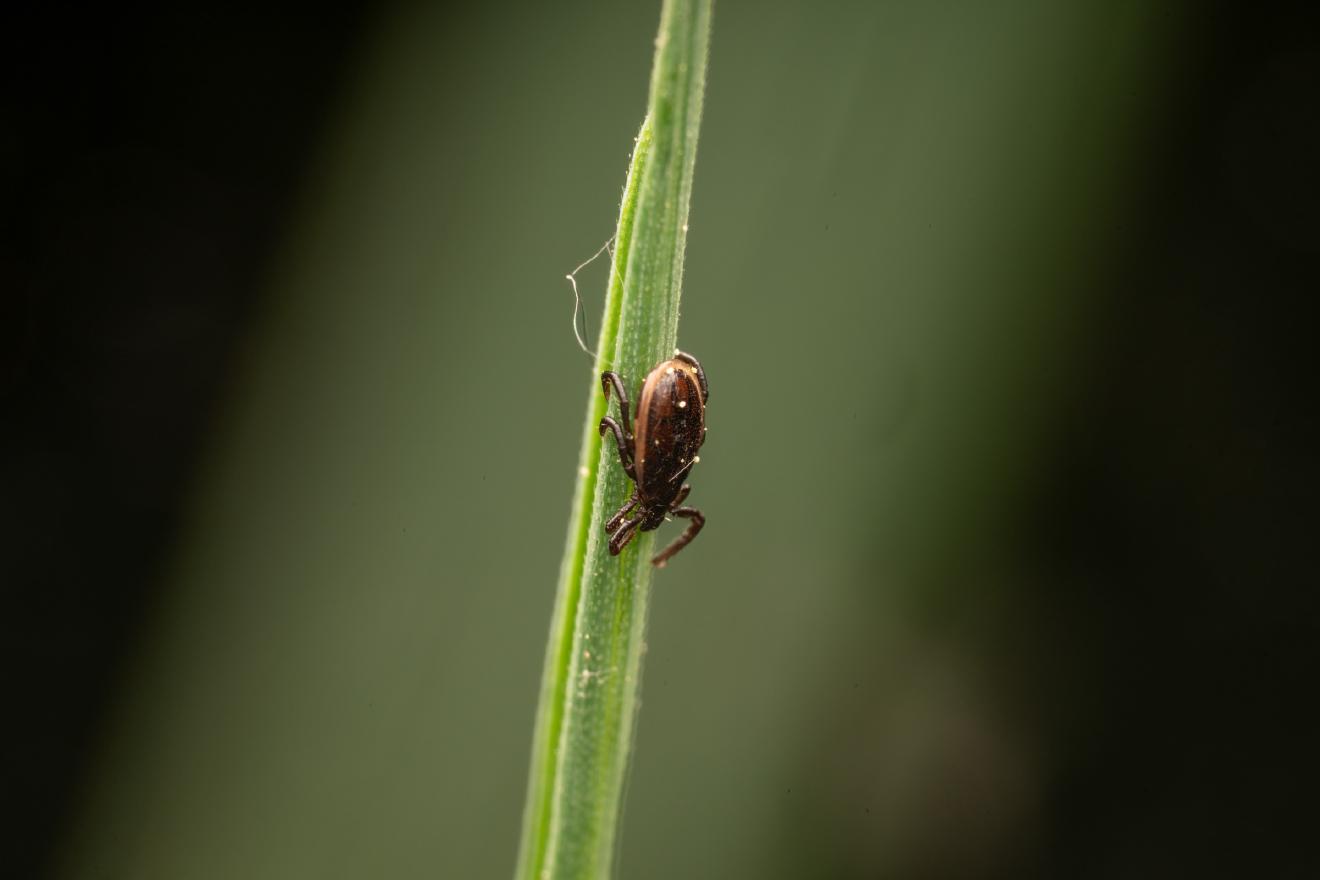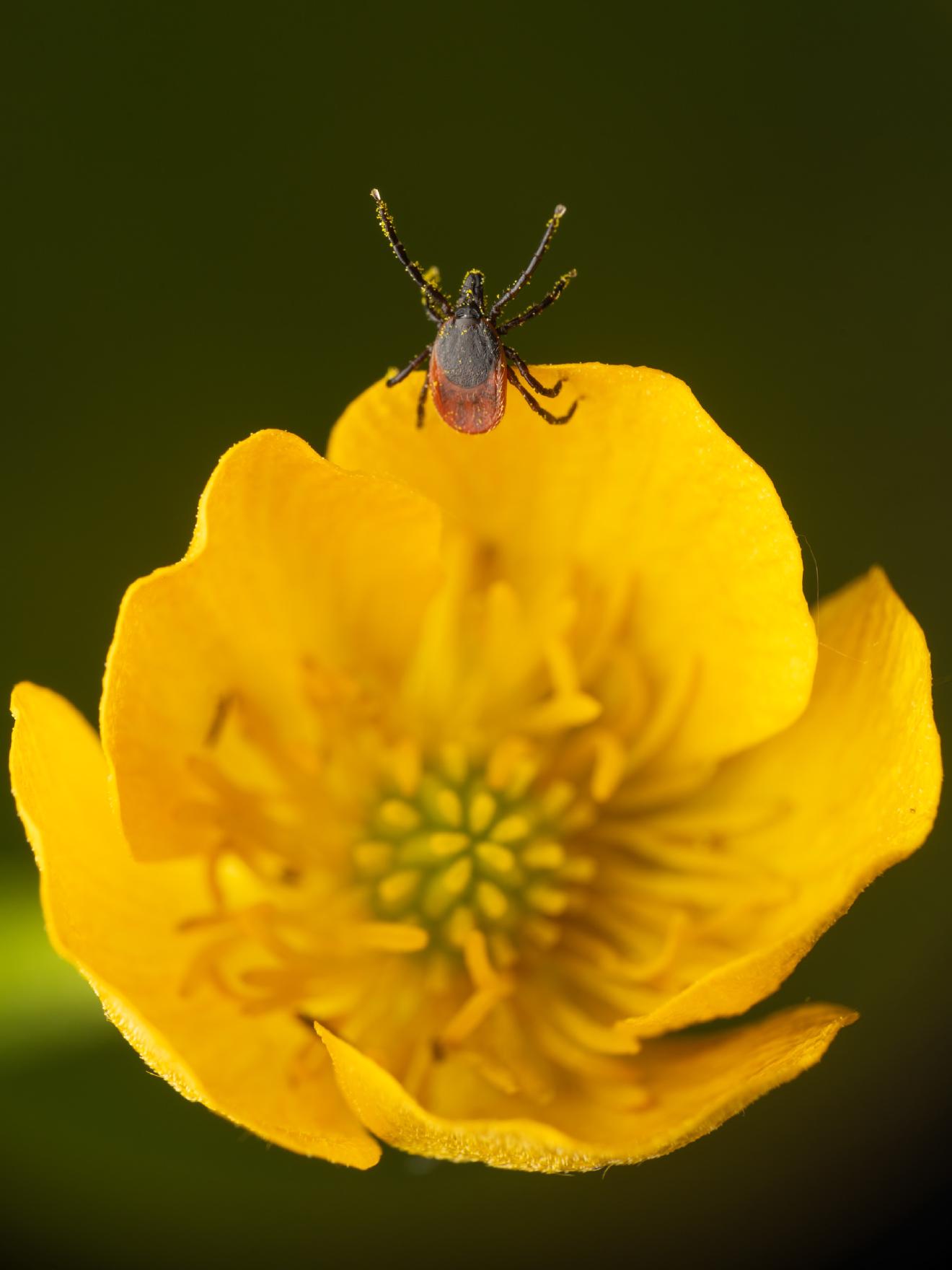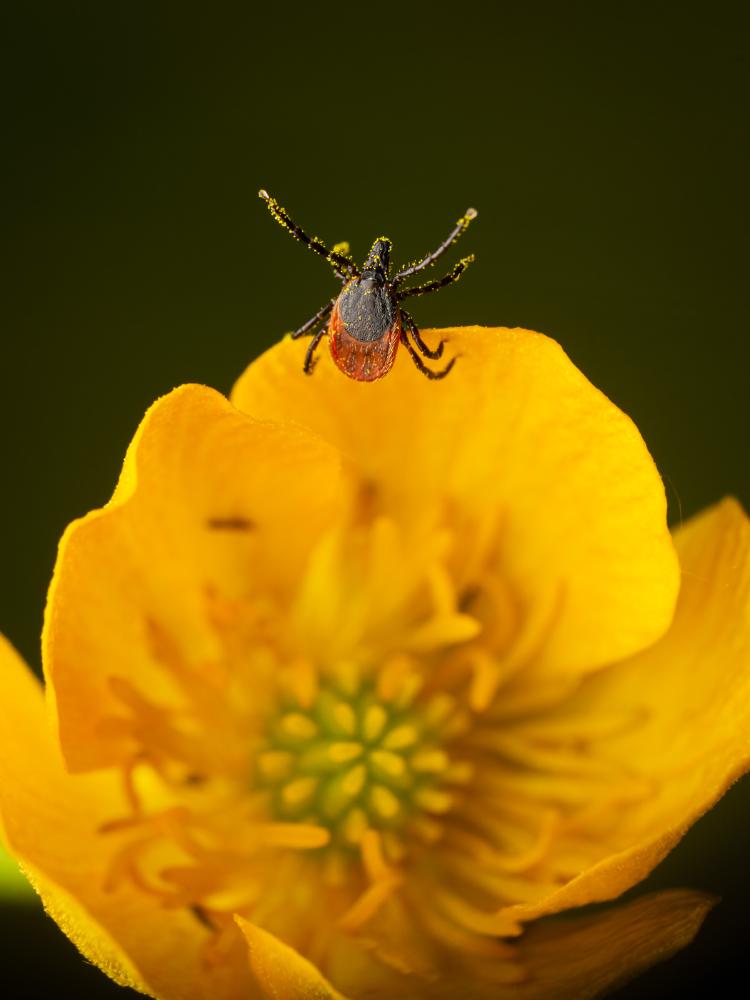Castor Bean Tick
Lat. “Ixodes ricinus“
species
of order
“Ticks“
1 species
Ixodes ricinus, a species of tick, lacks eyes and festoons, with longer palpi and an anal groove above the anus. It is the largest of the three common Ixodes species in the British Isles. Found in Europe, North Africa, and the Middle East, its distribution is influenced by environmental factors like temperature. The tick has a three-host lifecycle, feeding on mammals like sheep and deer before reproducing and dying. The parasitic wasp Ixodiphagus hookeri preys on castor bean ticks, and the tick’s scientific name has a long taxonomic history.
Description
In common with other species of Ixodes, I. ricinus has no eyes and is not ornate; it has no festoons (wrinkles along the posterior margin). The palpi are longer than they are wide, and an anal groove is above the anus. It has a hard dorsal shield which covers the entire opisthosoma (abdomen), but only part of it in females and nymphs. I. ricinus is the largest of the three common species of Ixodes in the British Isles (the other two being I. canisuga, the British dog tick, and I. trianguliceps, the vole tick). Adult males are 2.4–2.8 mm (0.09–0.11 in) long, and unfed nymphs are 1.3–1.5 mm (0.05–0.06 in) long; females are 3.0–3.6 mm (0.12–0.14 in) long before feeding and 11 mm (0.43 in) long when engorged.
Distribution
Ixodes ricinus is found across Europe and into neighbouring parts of North Africa and the Middle East, extending as far north as Iceland and as far east as parts of Russia. Its northern limit seems to be determined by environmental factors, including temperature, since a series of mild winters in Scandinavia coincided with an expansion northwards in the range of I. ricinus. I. ricinus is most frequent in habitats where its hosts are plentiful, including woodlands, heaths and forests. It is most prevalent in relatively humid areas, and is absent from much of the Mediterranean Region where summers are dry.
Lifecycle
Ixodes ricinus has a three-host lifecycle, which usually takes 2–3 years to complete, although it can take from 1 to 6 years in extreme cases. Adults feed on large mammals such as sheep, cattle, dogs, deer, humans, and horses for 6–13 days, before dropping off. An engorged female lays several thousand eggs and subsequently dies. The larvae that hatch do not actively seek a host, and usually feed on insectivores (order Eulipotyphla), although they may also find rodents, rabbits, birds, reptiles, or bats. They feed for 3–5 days before dropping off and moulting. The resulting nymphs then ascend grasses or twigs to seek their next host, but must return to the moist microclimate at the soil surface if they become dehydrated. The nymphs feed on small to medium-sized mammals.
Natural enemies
The parasitic wasp Ixodiphagus hookeri lays its eggs inside castor bean ticks, though the castor bean tick is not I. hookeri’s sole host.
Taxonomic history
The scientific name of the castor bean tick dates back to the starting point of zoological nomenclature, the 1758 tenth edition of Carl Linnaeus’ Systema Naturae, where it appeared as Acarus ricinus. Pierre André Latreille split the new genus Ixodes from Linnaeus’ Acarus (which at that time contained all known ticks and mites), and I. ricinus was chosen as the type species. It has subsequently been redescribed under a number of junior synonyms and subsequent combinations into different genera; these synonyms include Acarus ricinoides, Cynorhaestes reduvius, Cynorhaestes ricinus, Ixodes megathyreus, Ixodes bipunctatus, Cynorhaestes hermanni, Crotonus ricinus, Ixodes trabeatus, Ixodes plumbeus, Ixodes reduvius, Ixodes pustularum, Ixodes fodiens, Ixodes rufus, Ixodes sulcatus and Ixodes sciuri.
See also
Ticks of domestic animals
External links
Media related to Ixodes ricinus at Wikimedia Commons




Ancestry Graph
Further Information
Copyright

This article uses material from the Wikipedia article Ixodes ricinus the free encyclopedia Wikipedia which is released under Creative Commons Attribution-ShareAlike 4.0 International License). On Wikipedia a list of authors is available.
